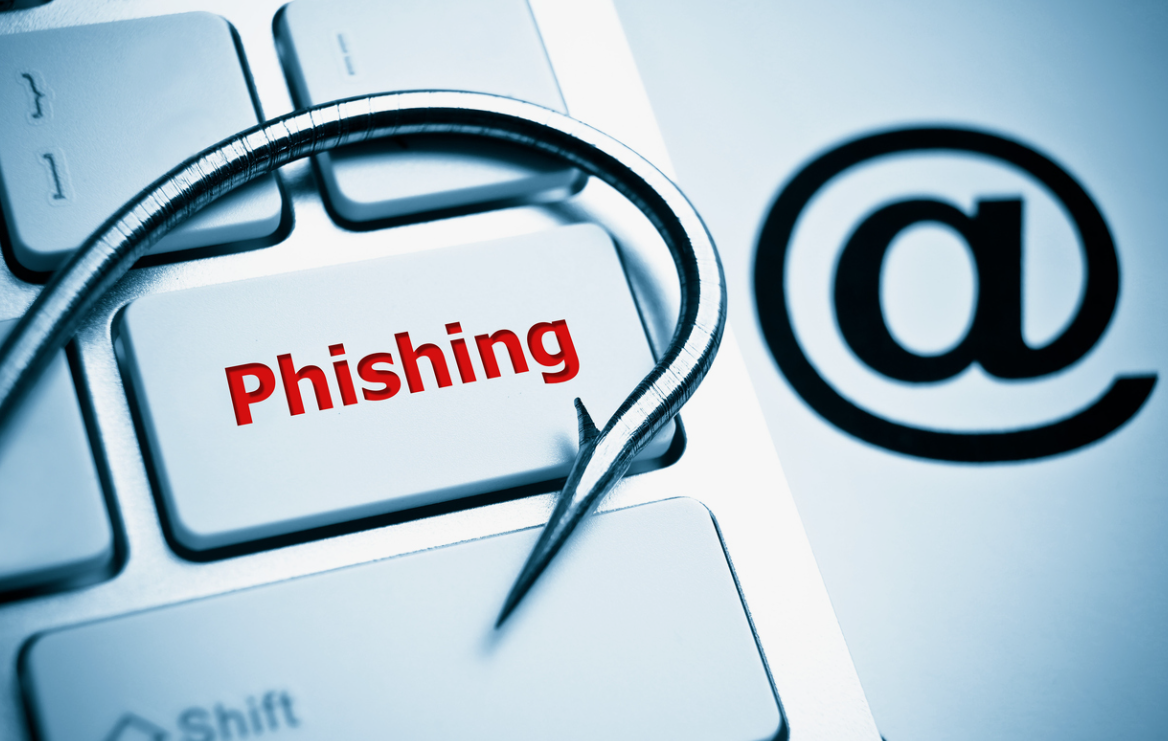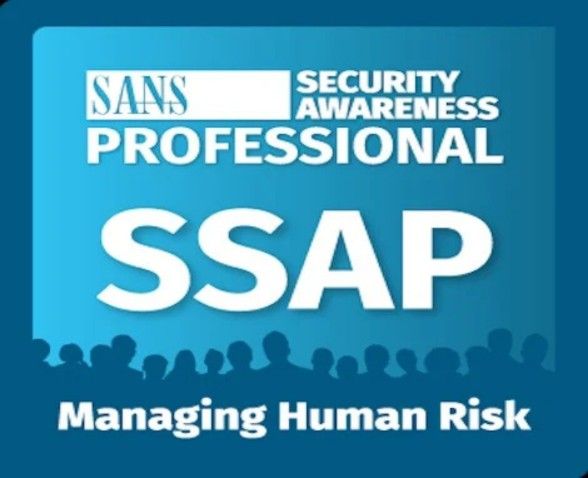How to detect and mitigate phishing attacks.

What types of phishing does this online course cover?

Why invest in a phishing awareness course?
Benefits to Employers
Frequently Asked Questions
We can provide you with this phishing prevention module in SCORM 1.2 format. This is compatible with LMS platforms such as LearnUpon, Totara, Docebo and Moodle.
Yes, we also offer customised versions of our phishing prevention course for sectors such as education, technology, construction, healthcare and for government bodies.
Yes, we offer tailored IT security awareness training for your executive leadership, finance and HR departments, sales and marketing teams, IT teams and board members.
There are several pitfalls of security and phishing awareness courses which can lead to less-than-effective training programmes.
- Too Easy — Cyber security awareness and phishing training that feels overly simple may fail to keep the audience engaged, as it lacks the necessary challenge. In some cases, cybersecurity awareness programs can even come across as condescending, which may further reduce engagement
- Too Difficult — At the other end of the scale, some content can overwhelm the audience causing frustration and disengagement as they struggle to understand or keep up with the material.
- Overly Technical Language — Such language can create confusion and disengagement, preventing learners from fully understanding and retaining the material. Our phishing awareness training uses Plain English which non-technical users can understand.
- Too Boring — With self-paced learning, your e-learning modules are often competing with mediums such as TikTok, YouTube, and Netflix for attention. Good cyber security awareness and phishing training sparks their intrinsic motivation, so they’ll actually want to log in and do the course.
- Not Enough Real-World Context — It’s very easy to bamboozle learners with information security content. Our phishing training for employees uses real-world examples wherever possible. This engages users making the subject matter more relatable and memorable.
- Not Relevant — Learners want content will be relevant to their work flows. If your security awareness content is seen as irrelevant learners may disengage from the training.
- Not Interactive Enough — Active engagement is essential for effective learning. Learners who only watch videos passively may miss key information. Incorporating quizzes, multiple-choice, and scenario-based questions that test knowledge directly after each segment can help reinforce learning and ensure better retention.
- Not Enough Actionable Advice — It’s easy to tell users what “not to do.” Users want to be armed with actionable information that can be applied immediately to their working lives.
- Not Measurable — Establishing a baseline measurement of your employees' attitudes and beliefs about specific information security behaviours before training is essential. Since attitudes and beliefs often closely influence behaviours, measuring them again post-training can demonstrate the programme’s effectiveness. That is why we perform a pre-training assessment followed up by a post-training assessment after the course.
- Too Much Information — Having hundreds of elearning videos can overwhelm learners, leading to cognitive overload and engagement fatigue. Without a structured learning path and interactive elements, learners may struggle to retain information or apply it meaningfully. Focusing on concise, targeted videos with hands-on activities and clear progression is often more effective for knowledge retention
Meet the instructor
Instructor Name
We're lots of things here at Positive Psychology. We're a community of practitioners. We’re a science-based online resource packed full of courses, techniques, tools, and tips to help you put positive psychology into practice every day.
Write your awesome label here.












